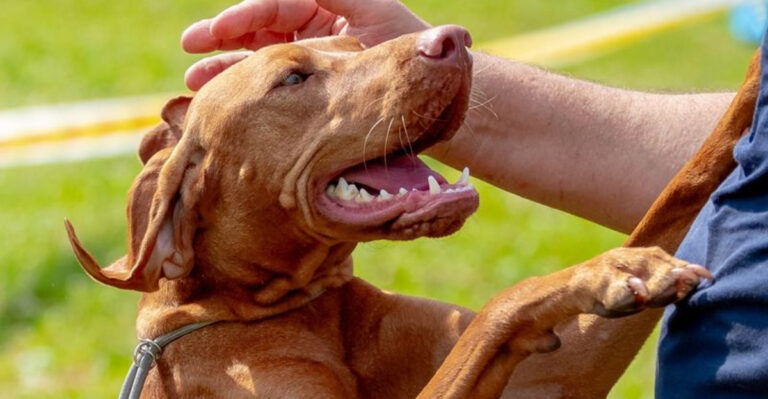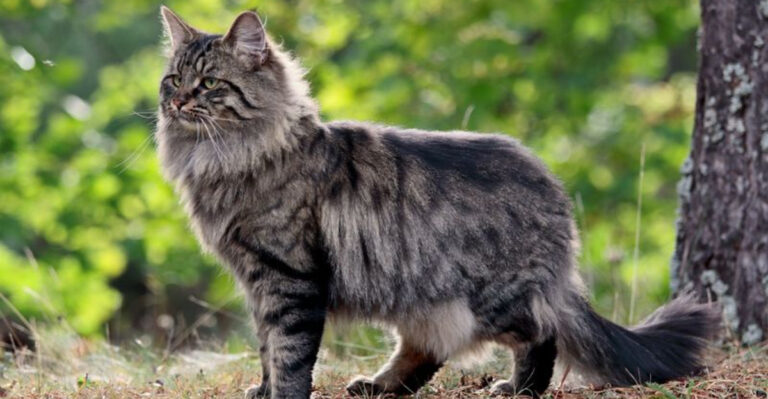16 Indicators Your Parrot Could Be Approaching Their Last Days
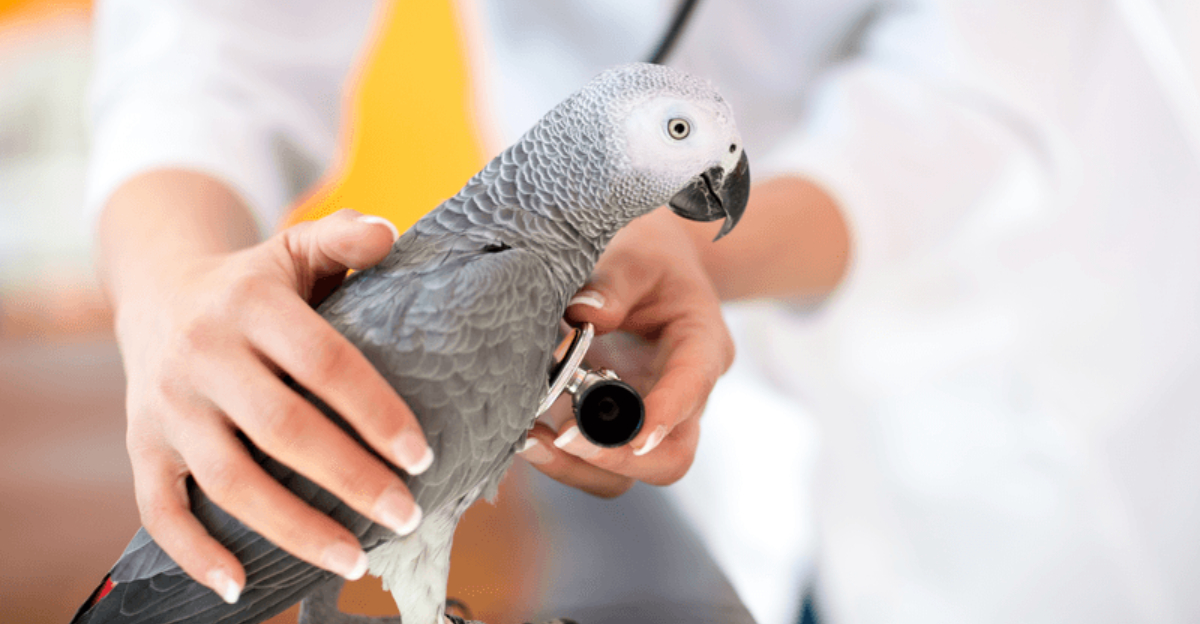
Ever noticed how a feathered friend can be the life of the party? Parrots, with their vibrant personalities, bring joy and color into our lives.
However, like all living beings, they too have a life cycle. Recognizing the subtle signs that your parrot might be nearing the end of its days can help you provide comfort and care during this delicate phase.
1. Decrease In Appetite

Food used to be a parrot’s best friend, but now it’s giving the cold shoulder to its favorite treats. If Polly isn’t munching away like usual, it might be a sign something’s up. Appetite loss can mean discomfort or illness.
Try offering its favorite food in smaller quantities and watch closely. No one wants to force-feed a bird, but keeping it hydrated is crucial.
A visit to the vet could help ensure everything is okay. Keep an eye on this change!
2. Unusual Sleep Patterns
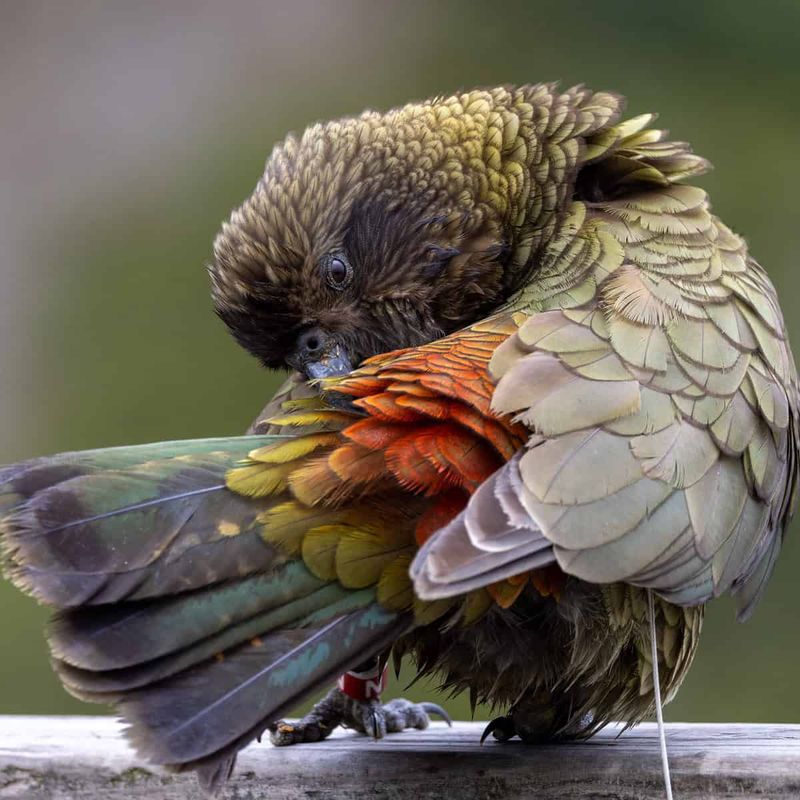
Parrots love their beauty sleep, but if they’re snoozing more than usual or at odd hours, something might be amiss. Is your feathered buddy napping when it should be squawking and playing?
They may be experiencing fatigue or illness.
Ensure they have a quiet, comfortable space to rest. But if sleep patterns change drastically, it’s worth investigating.
Keeping a sleep diary could help track these changes. Who knew bird-watching could be this detailed?
3. Change In Vocalization
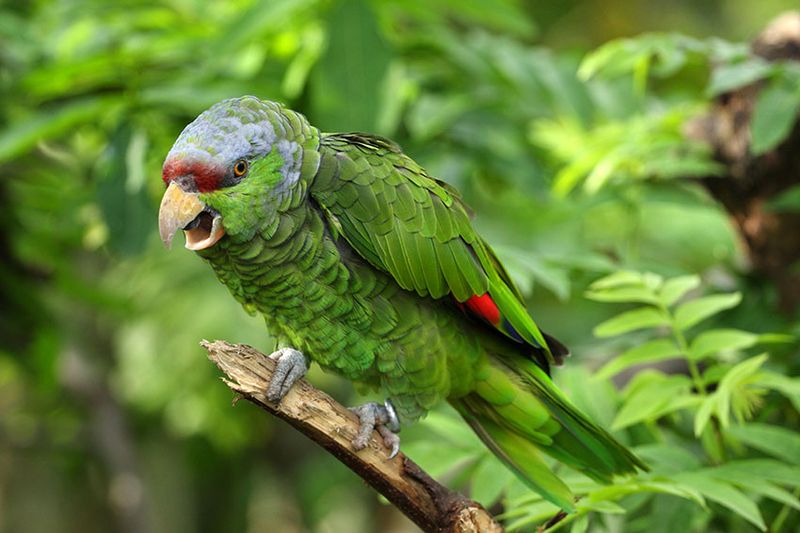
Is your chatty companion suddenly tight-lipped, or vice versa? A shift in vocalization can signal distress. Imagine waking up to silence instead of your parrot’s morning chatter; it’s unsettling.
Observe if it’s due to environmental changes or health issues. Sometimes, a bird needs peace, but prolonged silence or excessive noise warrants a closer look.
4. Ruffled Feathers

Parrots pride themselves on smooth feathers, so a disheveled look can be concerning. If your bird looks like it’s constantly trying to stay warm, it might signal discomfort.
Feathers can fluff up due to cold or illness. Check the room’s temperature first. If the ruffled look persists, a health check is in order. Feathers are like a window to a parrot’s soul—or at least its health!
5. Lethargy

Remember when your parrot couldn’t sit still, always ready for the next adventure? If those days are gone and all it does is sit quietly, lethargy could be the culprit.
Lack of movement might mean your bird is unwell. Encourage gentle play or interaction but avoid overexertion.
If lethargy persists, seeking professional advice is wise. After all, even birds have off days, but chronic inactivity isn’t normal.
6. Weight Loss
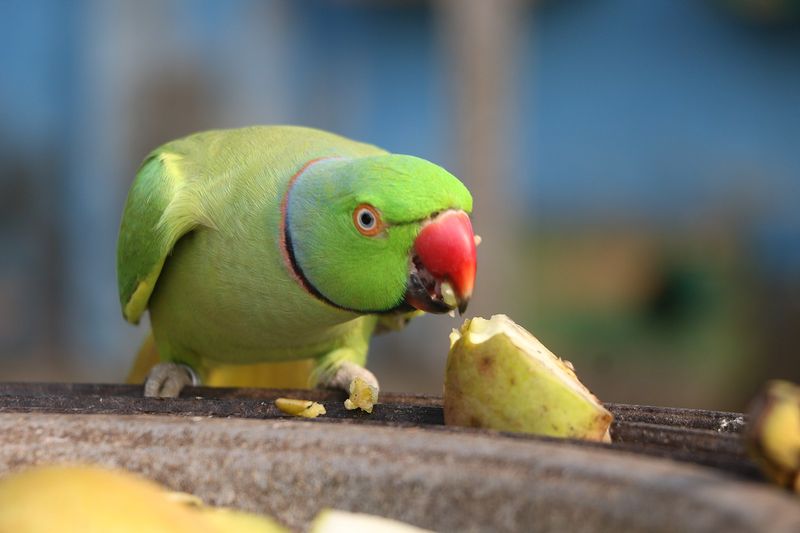
A visible drop in weight without a diet change is alarming. If the scales are tipping toward the lighter side, it might be more than just a new feather trend.
Feel for the keel bone; if it’s more pronounced, it’s time for a vet visit. Weight loss could point to nutritional issues or illness.
Monitoring weight helps catch these sneaky indicators early. Parrots aren’t meant to be featherweights!
7. Breathing Difficulty
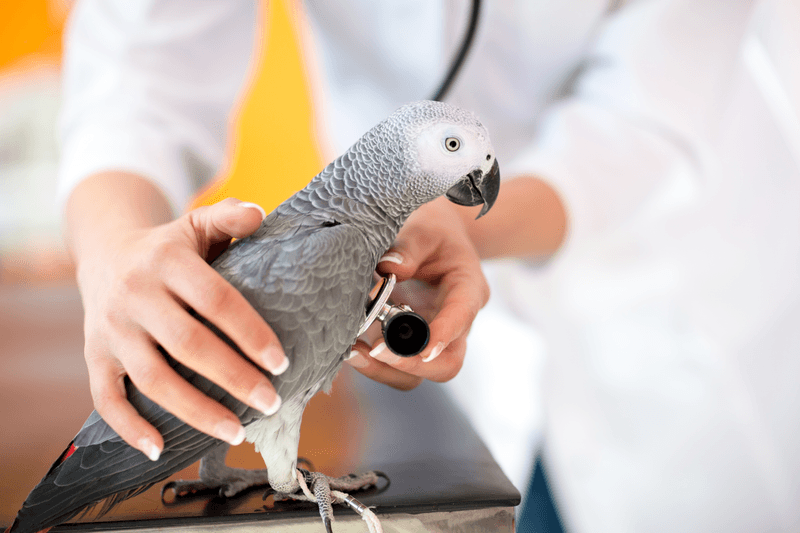
Breathing should be easy-peasy for your parrot. If it starts resembling a tiny bellows, struggling for air, something’s up. Listen for wheezing or clicking sounds while it breathes.
Ensure the cage is free of irritants, like dust or strong scents. Difficulty in breathing needs immediate attention from a vet. Parrots can’t speak, but their breaths can scream for help.
8. Discharge From Eyes Or Nostrils
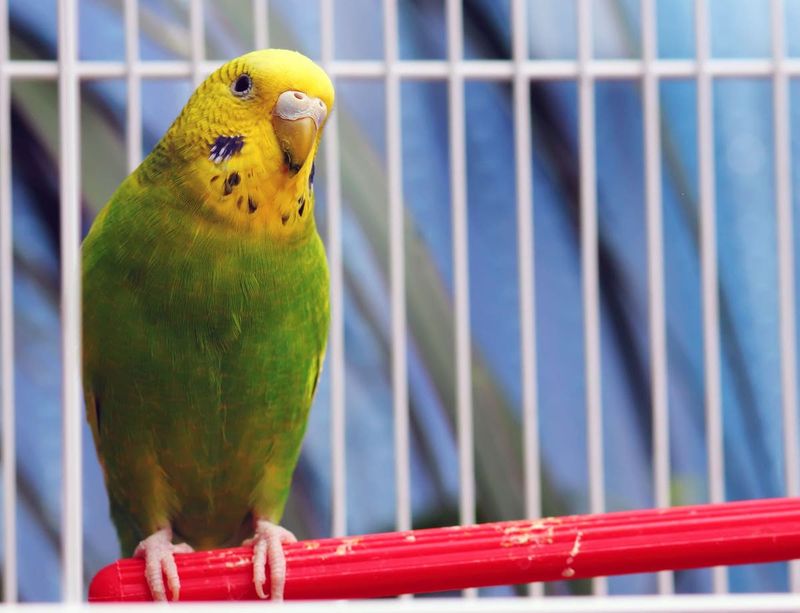
A runny nose or teary eyes isn’t just for sad movies. For parrots, it’s a red flag. Discharge around these areas indicates potential infections or allergies.
Inspect the cage for allergens and ensure good ventilation. If discharge continues, a vet’s intervention is crucial to pinpoint the cause. Remember, clear eyes and nose mean a happier, healthier parrot!
9. Change In Droppings
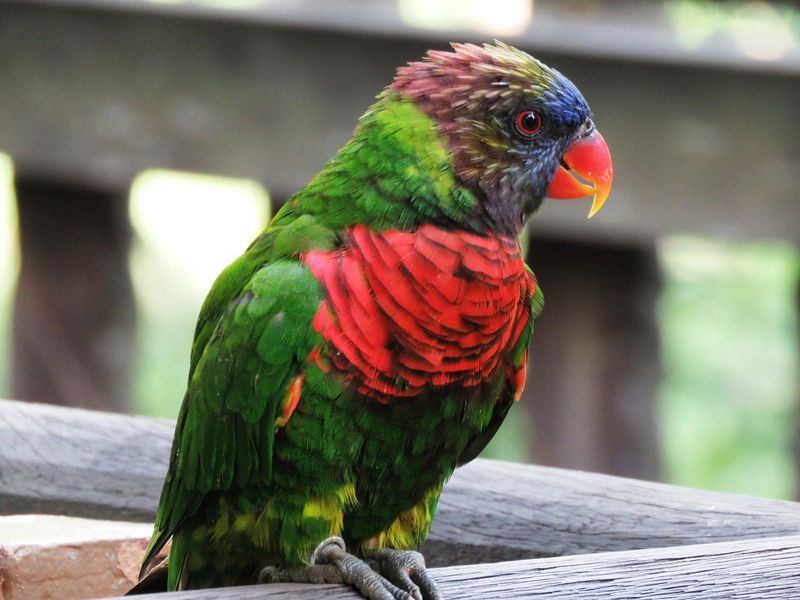
Yes, droppings tell tales! A shift in color, consistency, or volume can signal dietary issues or illness. Parrots can’t tell us when they feel off, but their droppings can.
Observe changes and consider dietary adjustments. Prolonged changes necessitate a vet visit to rule out infections. It may not be glamorous, but it’s vital for parrot health monitoring!
10. Loss Of Balance Or Coordination
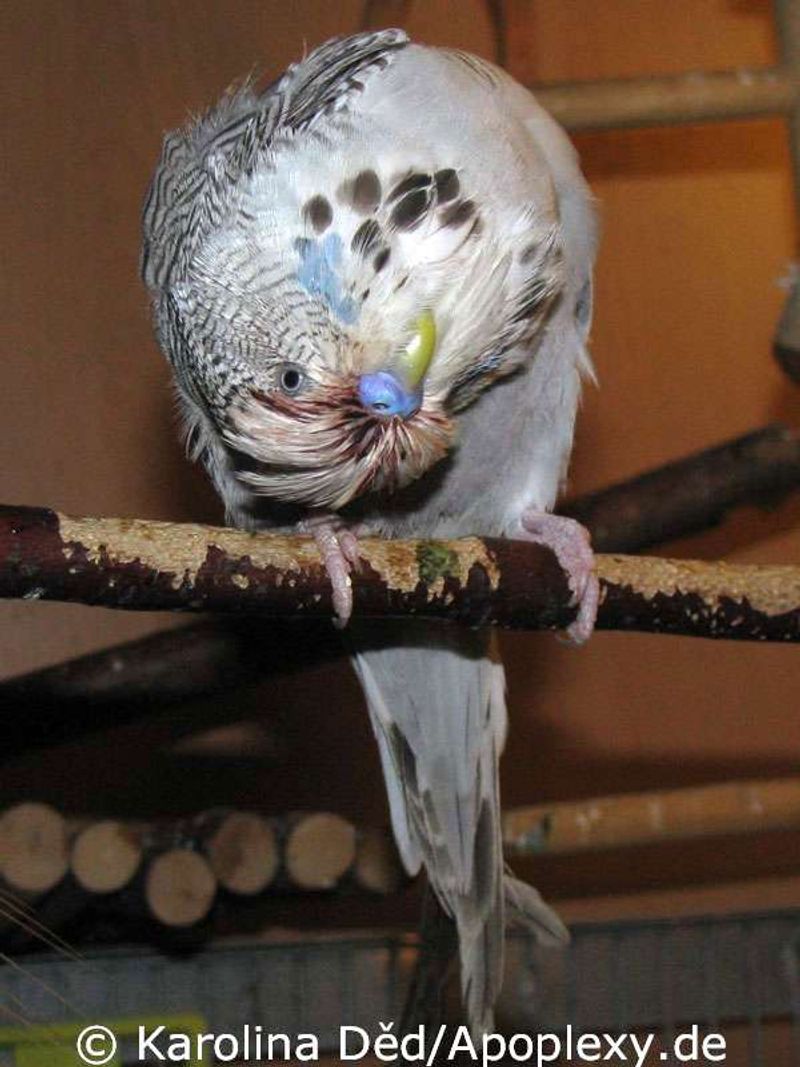
Graceful flyers and nimble perchers, parrots rarely miss a step. If yours starts to stumble or struggle with balance, it’s a red flag. An unsteady parrot could be dealing with neurological issues.
Secure perches and observe closely. If coordination doesn’t improve, a vet can help diagnose the issue. Stability in a parrot is like a dance; it should be smooth and natural.
11. Swollen Or Inflamed Eyes
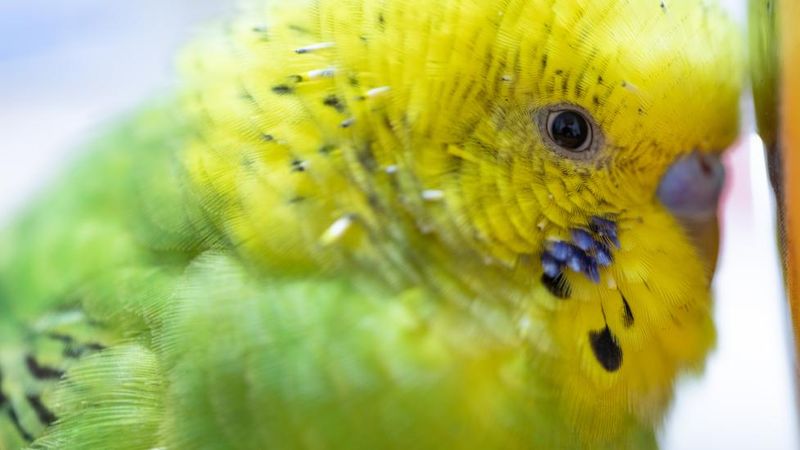
Eyes are the windows to the soul—and health. If your parrot’s peepers appear puffy or red, something’s amiss. Swelling can indicate infection or allergic reactions.
Maintaining a clean cage and checking for irritants is essential. If puffiness lingers, professional advice is needed. Parrots see the world differently, and clear vision is crucial!
12. Change In Behavior Or Temperament
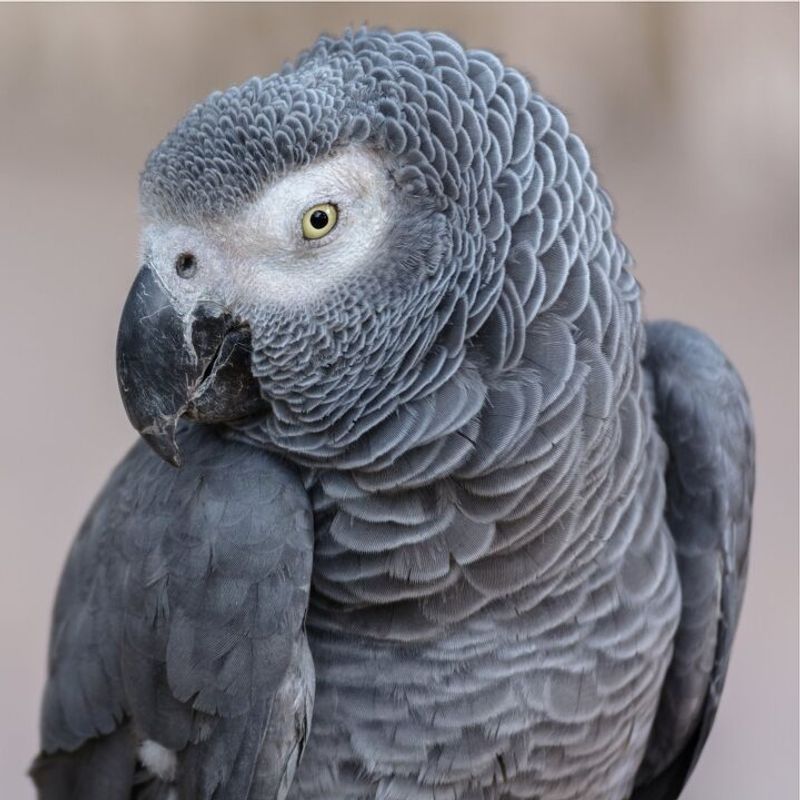
Parrots are known for their personalities, so a change in demeanor can be concerning. If your mild-mannered companion turns grumpy or aloof, it’s time to pay attention.
Stress, illness, or environmental changes might be the culprits. Address any recent changes in its environment or routine.
A vet can help if the behavior shift is sudden or unexplained. Parrots’ moods are more than just feathers and fluff!
13. Swollen Abdomen

A round belly isn’t always a sign of overindulgence. A swollen abdomen can mean serious health issues like tumors or infections.
Gently feel the area; if it seems tender, seek veterinary care. Swelling isn’t normal and needs addressing promptly. Parrots aren’t meant to look like puffballs!
14. Excessive Thirst
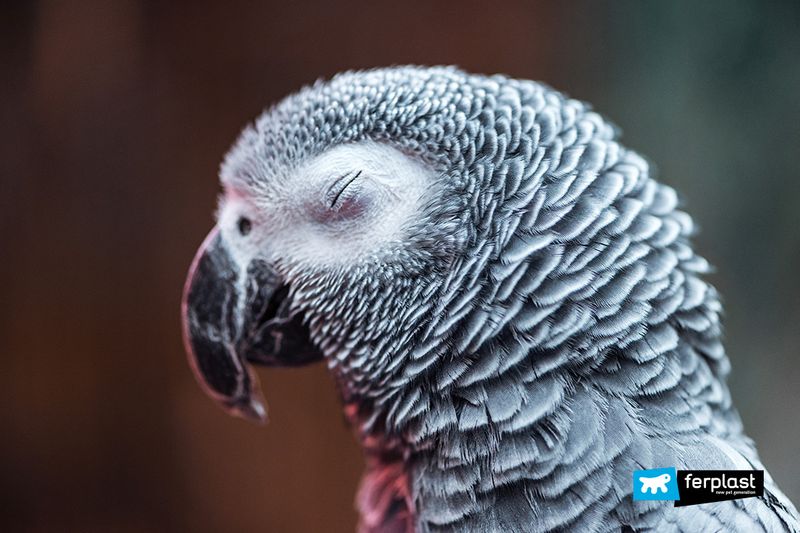
If your parrot’s drinking more water than usual, it might not just be a phase. Excessive thirst can hint at kidney issues or diabetes.
Monitor its water intake and look for other changes in health. Keep fresh water available, but visit a vet if the thirst doesn’t abate. Parrots shouldn’t need hydration breaks like marathon runners!
15. Skin Lesions Or Lumps
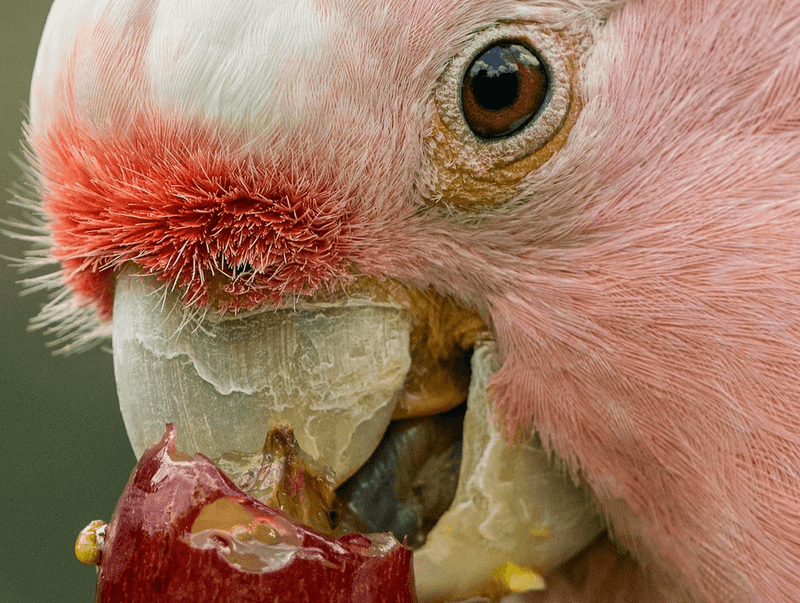
Skin should be smooth under those feathers, so visible lesions or lumps aren’t normal. Such symptoms could indicate infections or tumors.
Gently examine the skin during regular handling. If anything unusual is found, consult a vet. It’s better to rule out serious conditions early. Parrots deserve to feel comfortable in their own skin!
16. Tail Bobbing
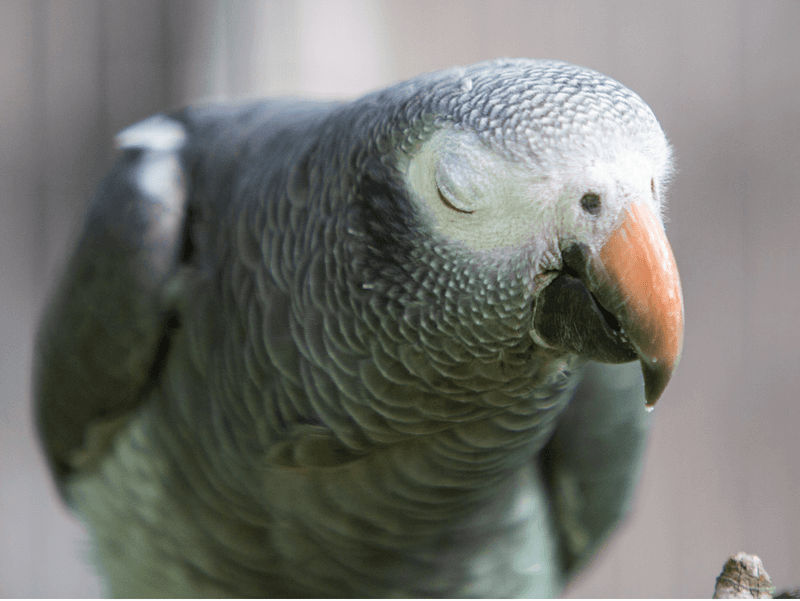
Tail bobbing might look like a cute dance move, but it’s often a sign of respiratory distress. If the tail moves with each breath, it’s a visual cue to seek help.
Check for other signs of breathing difficulty. Immediate veterinary attention is vital to address potential respiratory issues. Parrots should save their moves for playtime, not breathing!



